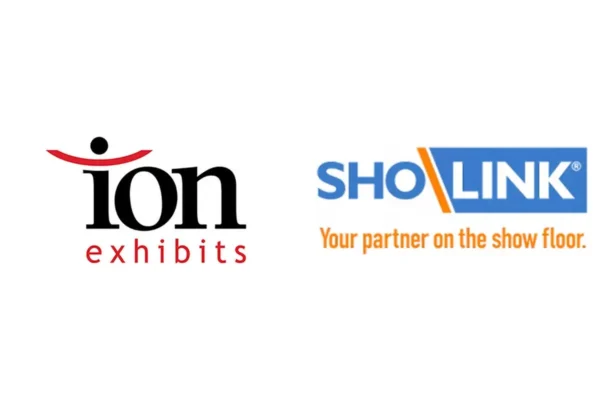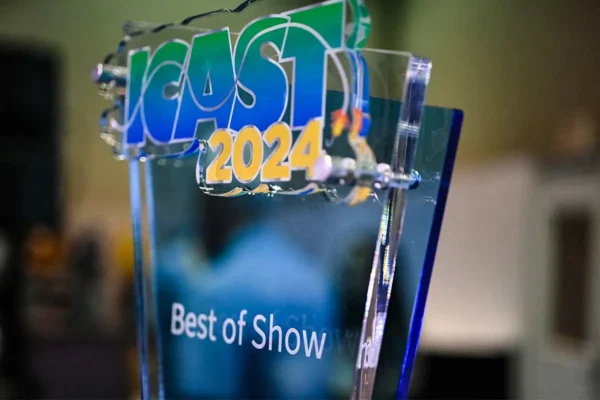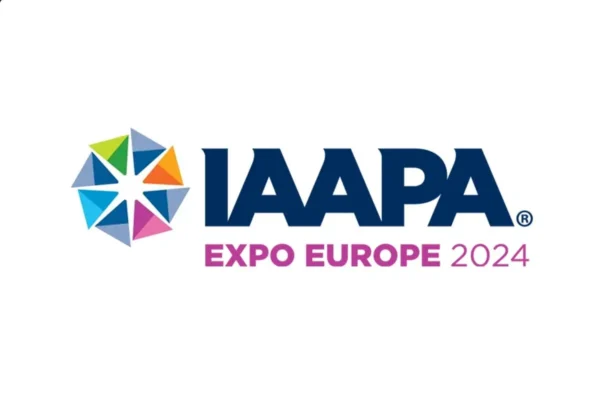Tweet
Exhibit design heavily factors into standing out at traditional tradeshows. Although at Electronic Entertainment Expo (E3), using network design to effectively tell messages and power hundreds of handhelds, game consoles and computers leaps to the forefront.
When it comes to the rapidly evolving Internet requirements and technology used for the annual computer and video game tradeshow, think of the Los Angeles Convention Center as a blank canvas. As it has for 15 years, its preferred Internet service provider will once again master its network design to support 200 exhibitors and 48,900 gamers.
With a crew of up to 40, showNets long learned what it took to turn set-up, running the show and teardown at the convention center into pure artistry. This year’s E3, from June 10-12, was no different. showNets received positive feedback from the show management for its 28-day operation at the facility.
Deployment on the E3 show floor
showNets deployed thousands of pieces of hardware, which equaled the infrastructure needed to support a medium-sized U.S. city, according to Managing Partner David Bishop.
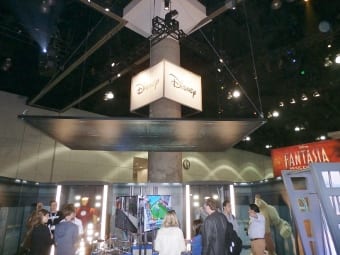
In showNets’ early days, exhibitors only required basic Internet to check emails and transfer files. From what Director of Event Operations Brian Knerien recalled when he started with the company in 2003, showNets went from installing 15,000-20,000 feet of temporary fiber optic and copper cabling to upwards of 80,000-100,000.
By the time set-up was completed, the components integral to network design were hidden from public view. They remained unseen at the exhibit for “Battlefield Hardline,” an Electronic Arts (EA) video game powered by 16 PlayStation 4s for E3.
“This particular design, as open as it is and as simplistic as it looks, it was extremely intensive because of the way things need to talk to each other. It took us a couple of days to get this done. There are a lot of intricacies on the network side of the configuration that we are responsible for. Clients like that we have this level of involvement,” stated Wayne Garrick, senior team leader, showNets. “We cable how it is supposed to be before the carpet is placed. We test and ensure the lines and connections are fine the way they are.”
Working with Garrick and his team for the past three years, EA Senior IT Service Specialist Anthony Tran has benefitted from the meticulousness of showNets’ technicians.
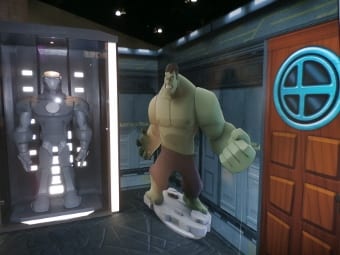
“We have high demands for our Internet needs, and any requests that we ask for, we get it done by Wayne and his staff,” said Tran. “We have several closed-off networks. We require the best and fastest, and that’s what we get. Any problems are fixed; before I can even track down Wayne, he’s already in the booth.”
For Disney Interactive Media Group End-User Analyst Daniel Kim, E3 is considered the Oscars of the video gaming industry — so reliable Internet is a top priority.
“This is where we show off our flagship products. This is where we talk with companies and do deals with them. There are literally $100 million deals going on behind these doors, so [Internet] is an important thing to us,” Kim explained. “[showNets] is always accommodating our changes. This year, we had the most bandwidth we ever had. When I first started six years ago, we had 3 megabits for an entire booth. This year, we had 14.”
The road toward set-up
showNets continued conversations with exhibitors that started the day after the 2013 tradeshow. Exhibitors gave showNets an estimate of their 2014 IT budgets and an idea of where their exhibits would be located on the show floor.

As early as Christmas 2013, showNets provided full consultative services to exhibitors. This pre-planning was imperative for clients like Sony and Nintendo, both of which required complex networks to support hundreds of machinery, live broadcasts and more. Three months later, showNets received the initial blueprints from either clients or exhibit builders, but these blueprints aren’t always concrete. The company sees changing plans and requirements up until the show, even when setting up at the show.
On May 23, David Bishop arrived with a small crew to prepare for E3. Soon after, the full team arrived onsite to start the 11-day set-up. As this flurry of activity unfolded, showNets technicians spread out all over the Los Angeles Convention Center to install, configure, test and manage networks while supporting E3 exhibitors.
What’s inside those network closets?
Along with another technician, David Delacruz set up the core of showNets hardware in various network closets, including the Main Distribution Frame (MDF) and room 2.0.
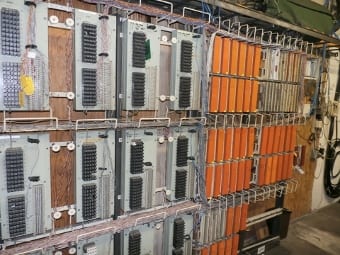
He installed, labeled and designated switches for certain meeting rooms and wired various Intermediate Distribution Frame (IDF) closets, which bring data to meeting rooms and the show floor. The wiring patched in the IDF closets connects back to the MDF, which interconnects and manages wiring between itself and various IDFs.
While conditions in many of these network closets can become unbearably hot, with showNets bringing in 10 tons of air conditioning to keep its equipment at a temperature of 72 to 77 degrees, Delacruz said he still performed at a record best. He even withstood the heat, spending four hours setting up and wiring a particular network closet.
The MDF, room 2.0 and the convention center docking area where showNets keeps a 53-foot portable Network Operations Center (NOC) trailer are constantly watched via surveillance footage from the NOC inside the convention center. The NOC allows showNets to manage and monitor E3 networks for performance, reliability and security.
The remote Network Operations Center
The NOC also has a remote component, according to Chief Technology Officer Wayne Bishop.
This centralized operation allows showNets to run multiple events at once and monitor each network. During E3, technicians working in Georgia also monitored networks.
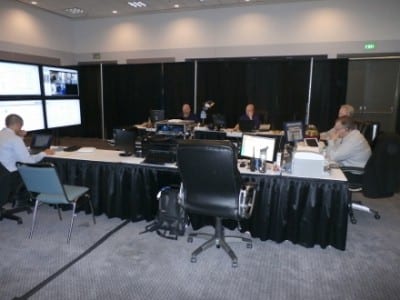
“For a long time, we dragged all of our servers, anything required to build and run the network, from event to event. As we grew and the events grew, it became non-efficient. We took all of that and created a more centralized monitoring concept. We built a data center in Georgia and came up with a way to have that stationary for every event. We take the necessary equipment to bring the network up in that building and connect it back to our data center,” stated Wayne Bishop.
While set-up involves concentration, carefulness and time to allow technicians to operate, teardown is much faster. Wrapping up within 24-48 hours after the show, the teardown process occurred with every showNets technician packing and inventorying their gear for travel. They’ll be prepared for the next major event, Dreamforce, from Oct. 13-16 in San Francisco.
Mainly operating on the West Coast with stops in the Midwest and East Coast, showNets technicians travel from event to event. They work at least 30 tradeshows a year.












